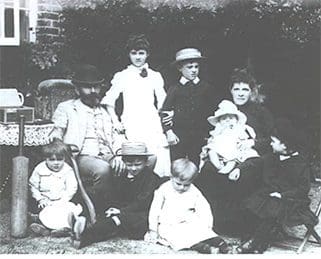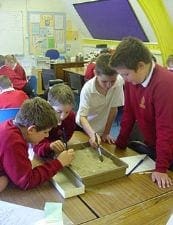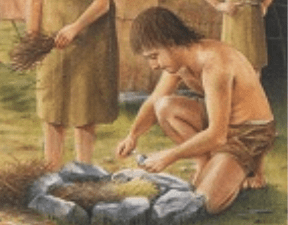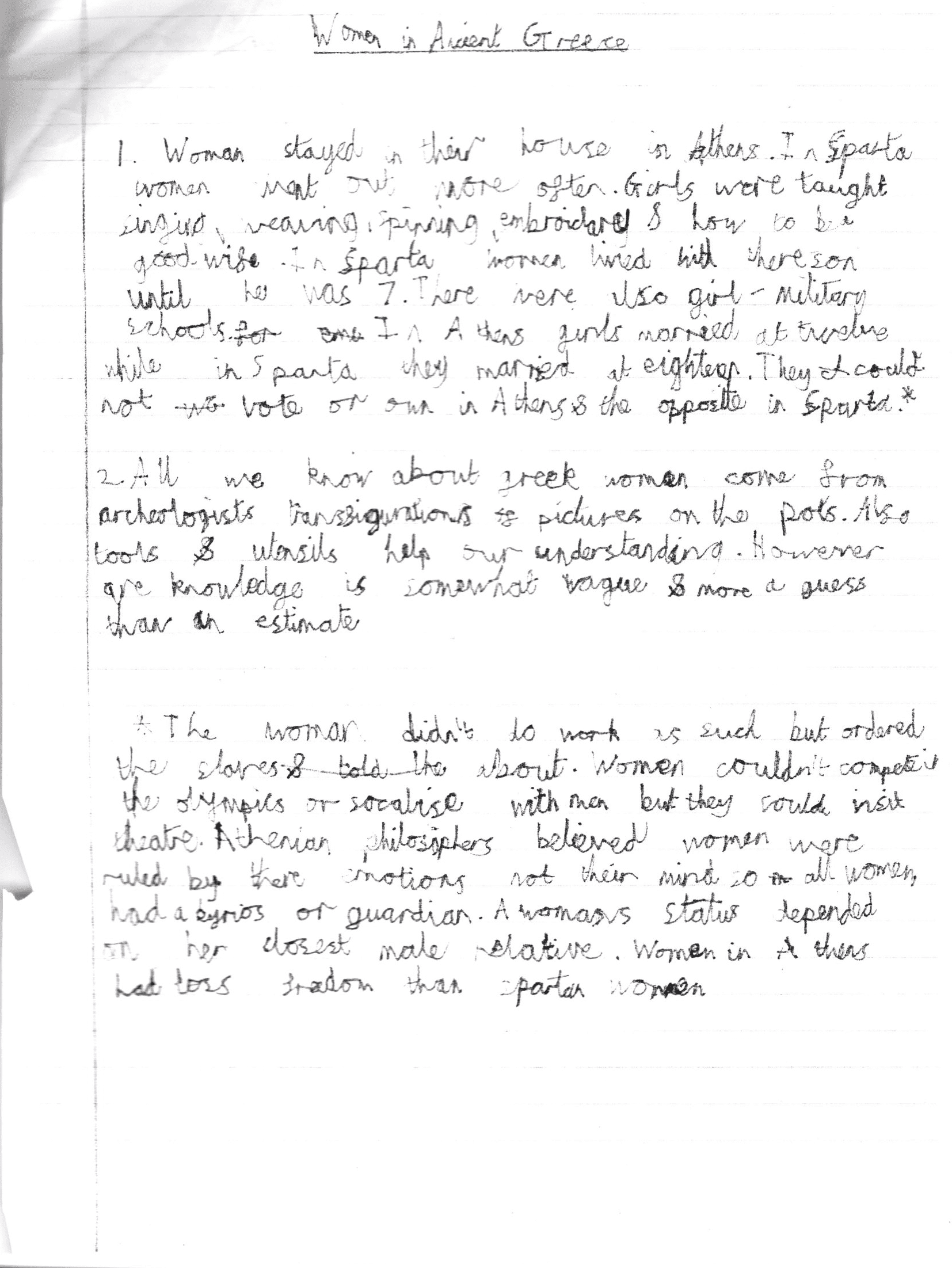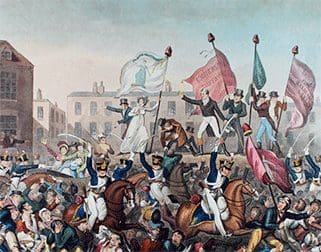
I’ve just finished watching one of the more powerful of the Historical Association’s podcasts on the subject of story telling in history, delivered really well by Steve Mastin ![]() View on Historical Association
View on Historical Association
As you have to be a member of the HA to access the recording I thought it a pity if you weren’t able to draw on his expertise so I have summarised the key points he raises and then added some ideas of my own.
Steve’s contention is one that is well-known to those of you familiar with the work of Daniel Whittingham: stories are psychologically privileged in our minds. This means that when you, as a teacher, slip into story-telling mode pupils have already built up a state of heightened attention. We need to capitalise on this. OK, so far so good . But what does that mean for you?
Steve gave a compelling example. When introducing Ancient Egypt he started with a story, relating to the discovery of Tutankhamun’s tomb. Very cleverly he showed how he had written a simple story of what happened but in a thoughtfully-designed way to make the most of the story. Not too many facts but a carefully considered way of building a picture in pupils’ minds. He made the story up and rehearsed it, even perfecting his tone of voice and hand-signals in front of the mirror, to get it right. He had to include those vital elements which he thinks make for good story-telling. Most will be well-known to you all but are worth repeating.
1. Write your own story
Based on not too many facts but a try to include what Whittingham calls the 4Cs
Causality – Why somebody might be behaving in that way, be it Howard Carter .Julius Caesar or a Mayan queen
Conflict – In Steve’s example he focuses on Howard Carter’s need to find the missing tomb after numerous failed attempts and Lord Carnarvon’s threat to withdraw further funding if nothing is found.
Complication – This helps pupils identify with the difficulty facing the central character e.g time is running out.
Character – Allowing some aspect of personality to surface in the story, be it enthusiasm, determination, or envy.
2. Plan
Plan what you will introduce in a carefully structured way. Know where you are going on the journey and when to slow down, when to leave a long pause, when to invite pupils to think etc
3. Read in free form
Do not not from text so you need to rehearse how you’ll build up tension, when to pause , when to introduce words, when to repeat, when to slow down/speed up
4. NEVER interrupt the story
Resist the temptation to ask pupils’ questions during the story telling, or you’ll break the story’s spell. Similarly, try not to distract from the story with too many pops or images. One well-chosen slide should be enough with new words spelled out once the pupils are confident using the
5. Introduce details slowly
Deliberately introduce details slowly. In Steve’s case he talked about slowly revealing the steps, one by one, as the sand was swept away building up tension gradually rather than saying at the bottom of the steps
6. Emotional journey
Take the children on the emotional journey I wonder what was behind the door/, as if you’re finding out with the pupils. But as before, just pose the question.
7. Vary your pitch
Use different pitch variations in your voice to make your storytelling more impactful eg reduce your voice to an almost conspiratorial whisper as pupils lean in to hear because they’re dying to know what comes next.
8. Eye contact
Try to engage the room with eye contact, especially at specific planned pivotal moments
9. Introduce vocabulary sparingly
Introduce vocabulary only when pupils need a word to describe what they have learned about.
10. Use repetition
Plan how you’ll repeat these words deliberately so their use becomes second nature. Steve often gets the children to all say aloud difficult words such as archaeologist, often using different tones of voice.
During discussion with those teachers watching the webinar the question of where to find suitable stories inevitably arose. Steve’s response was clear. Even if they did exist they wouldn’t cut the mustard unless you carefully applied all the above points. His contention was that it was far better to write your own story based on a few simple facts with limited new vocabulary.
Try it. It works and it doesn’t actually take too long. Just be sure that you include authentic detail in a carefully sequenced way and don’t try to cover too much too quickly. Oh and don’t forget to rehearse in front of the mirror!!


